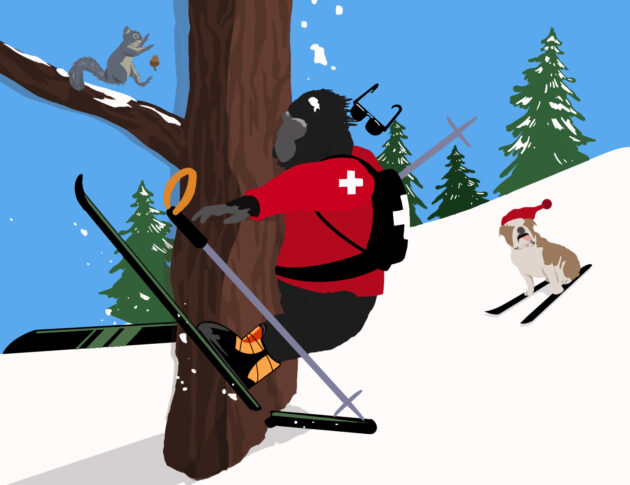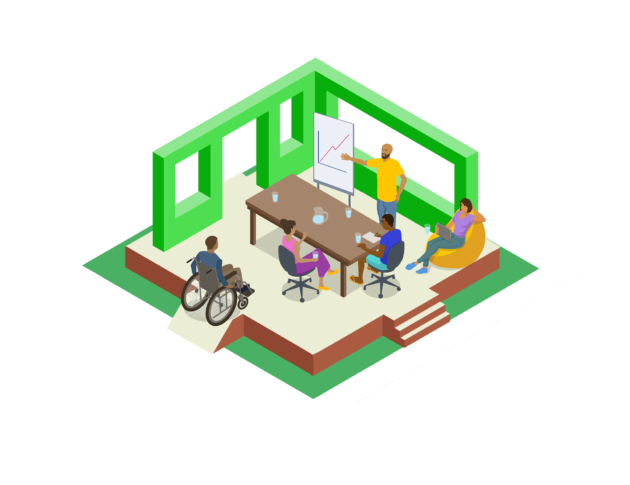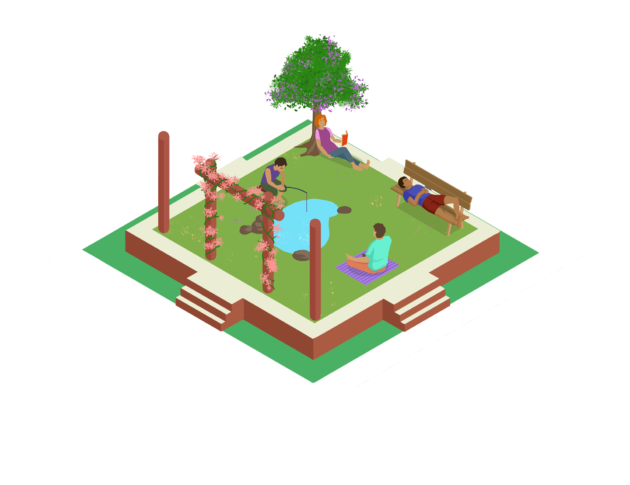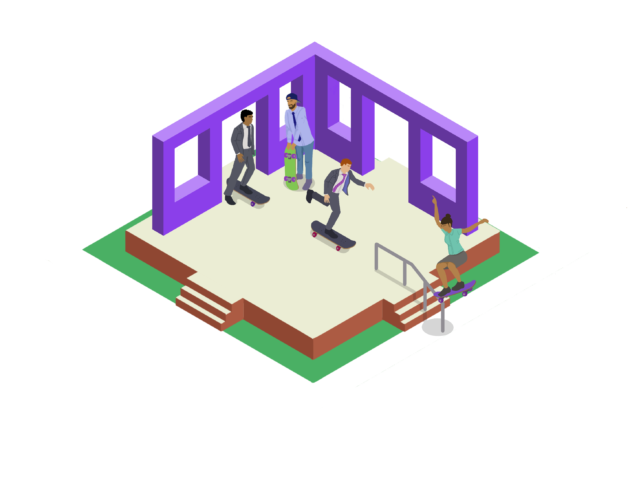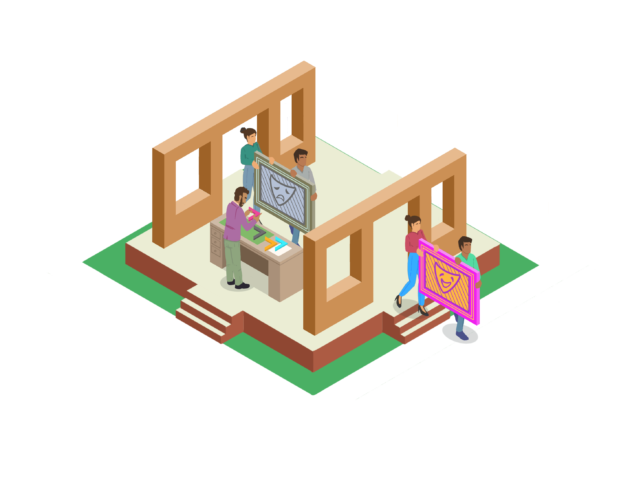30 March 2022 / Share
The Four Choices Model
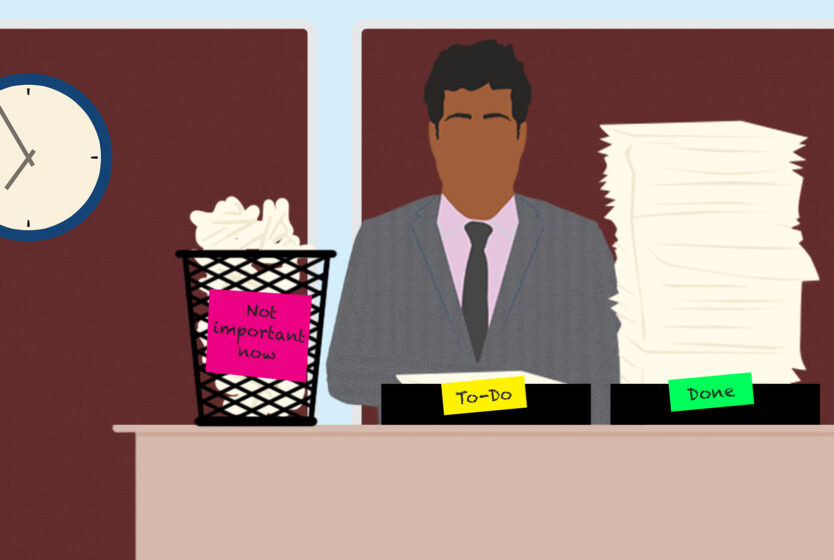
To enable people to better appreciate where they are placing attention in their response to their environment, whether professional, relational, or social, we created the Four Choices Model.
-
Stay stressed
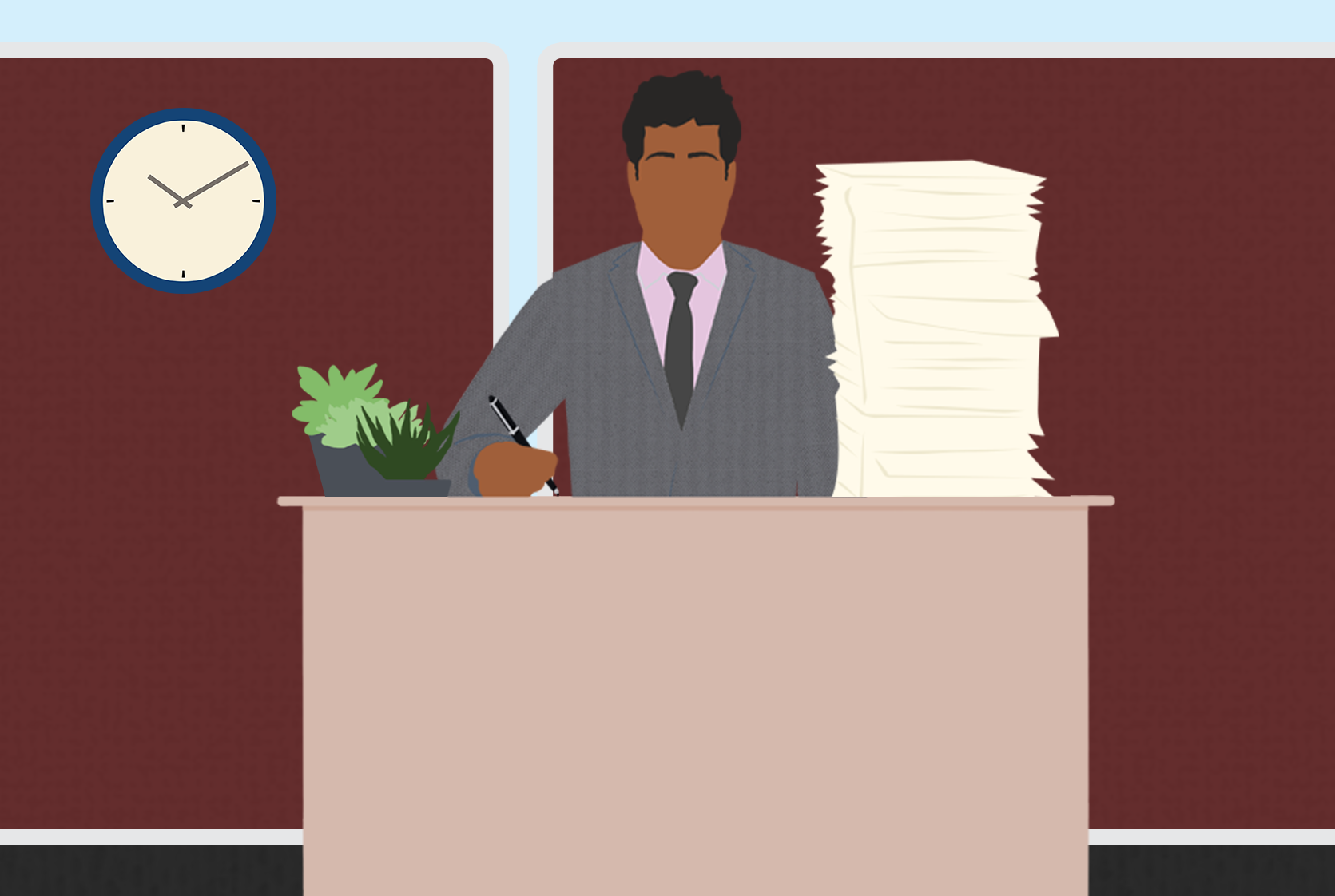
The first choice is to stay stressed.
Choosing to do nothing about stress is choosing to remain stressed. It is a legitimate option, albeit one that has risks. Stress is linked to six of the top ten leading causes of death. Blaming external circumstances and choosing not to accept personal responsibility for our wellbeing is akin to praying to win the lottery without buying a ticket.
We also occasionally meet people who have strong secondary gains for remaining in states of acute or chronic stress. For example, they might be receiving support in the form of workers compensation or perhaps help from their family. Remaining in a state of stress may actually benefit them.
Often these responses are entirely unconscious. Do not confuse them with conscious manipulation and feigned ill health for personal gain.
-
Develop resilience
 The second choice is to develop resilience, which gives us access to a wide range of resourceful states, including flow, excitement, confidence, calm, and a feeling of being fully present. It might even mean temporary anger or frustration, or a determination to force a change.
The second choice is to develop resilience, which gives us access to a wide range of resourceful states, including flow, excitement, confidence, calm, and a feeling of being fully present. It might even mean temporary anger or frustration, or a determination to force a change.
-
Change the nature of the environment you are in
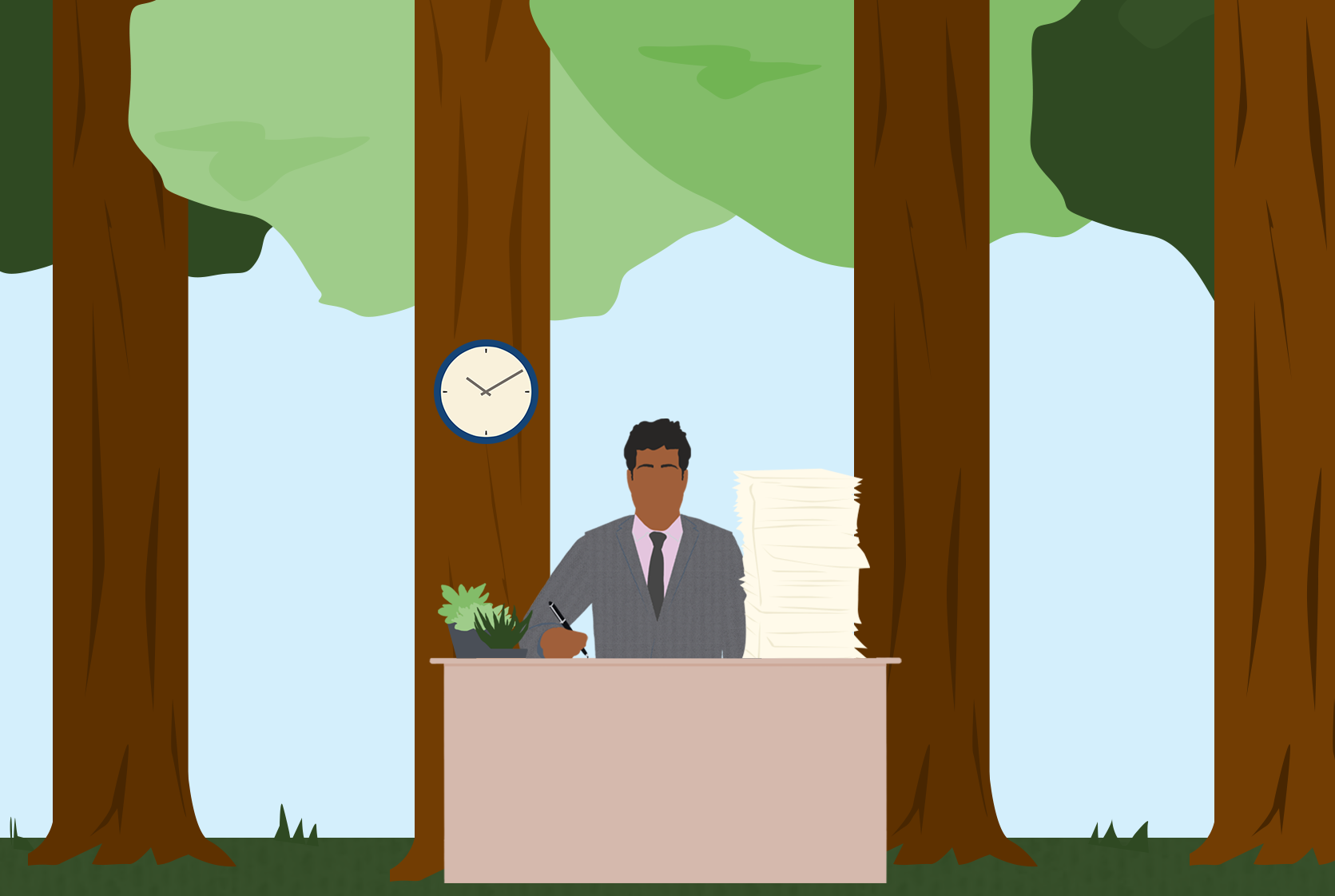 The third choice is to change your external environment. In the workplace, this can be done by constructively reducing risk factors such as unrealistic workloads or a poor relationship with your manager. In your community, this could mean getting involved with local youth initiatives to reduce crime, or planting communal gardens. If you have already developed resilience, this option becomes easier, as those with resilience often have increased agency, which allows them to shape their environments.
The third choice is to change your external environment. In the workplace, this can be done by constructively reducing risk factors such as unrealistic workloads or a poor relationship with your manager. In your community, this could mean getting involved with local youth initiatives to reduce crime, or planting communal gardens. If you have already developed resilience, this option becomes easier, as those with resilience often have increased agency, which allows them to shape their environments.
-
Leave
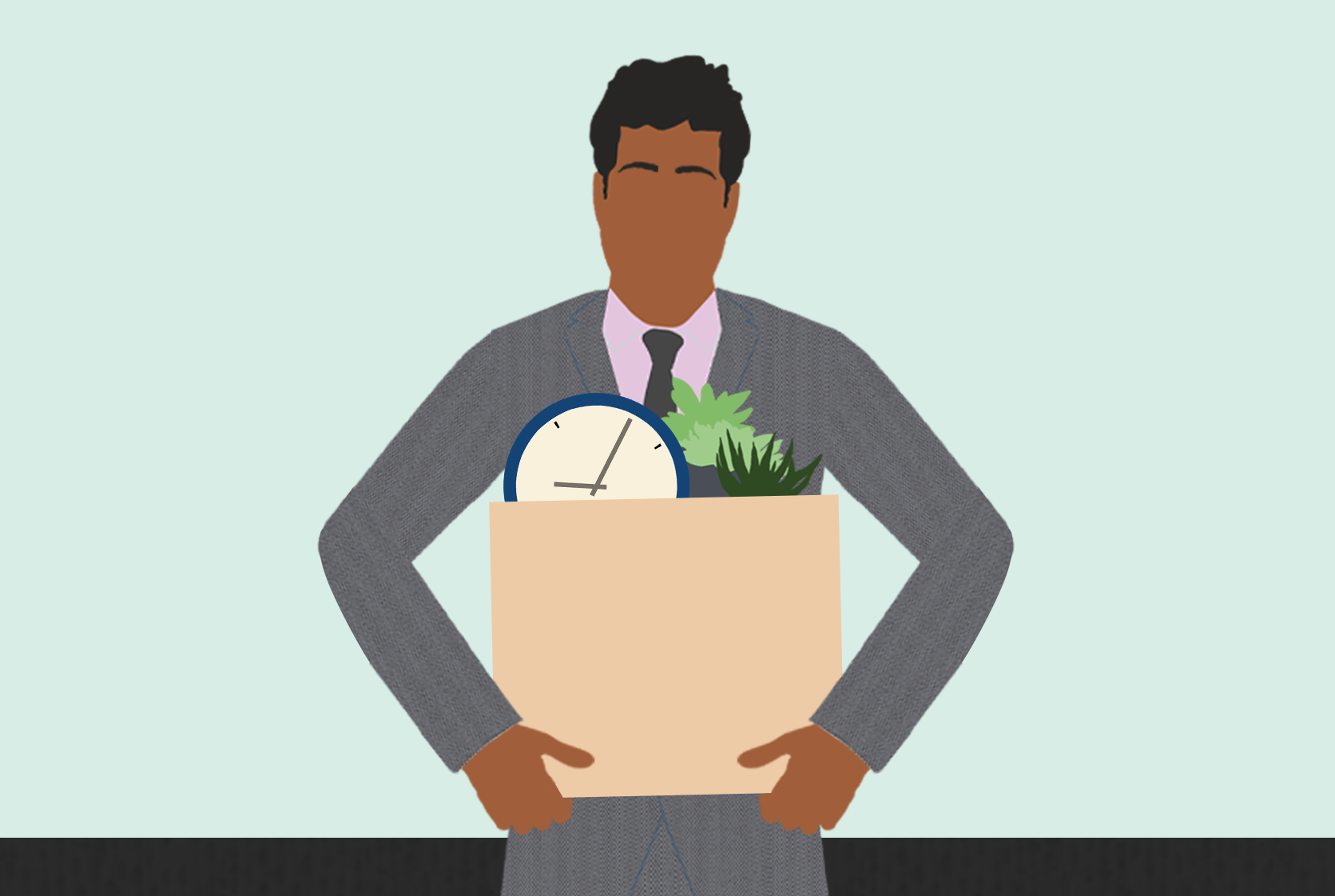 The fourth choice is to change the external environment by getting out of it. Many people quickly discover new options and possibilities when they operate from a position of resilience, and leaving is one highly effective strategy.
The fourth choice is to change the external environment by getting out of it. Many people quickly discover new options and possibilities when they operate from a position of resilience, and leaving is one highly effective strategy.
Do not confuse leaving with quitting. Taking personal responsibility for our own health and wellbeing, even if it means a drastic change to where we work or live, is very important for resilience.
Sometimes the last resistance we encounter here is a belief that the situation a person finds themselves in is “not fair”. Being bullied is a good example of this. The choice then comes down to pragmatics. For example: balancing the likelihood of constructive change or winning a legal case, with the consequences of prolonged stress, a massive legal bill, and the potential downsides of change, such as less pay in a new job, or swapping familiarity for uncertainty and a new adventure if you relocate.


